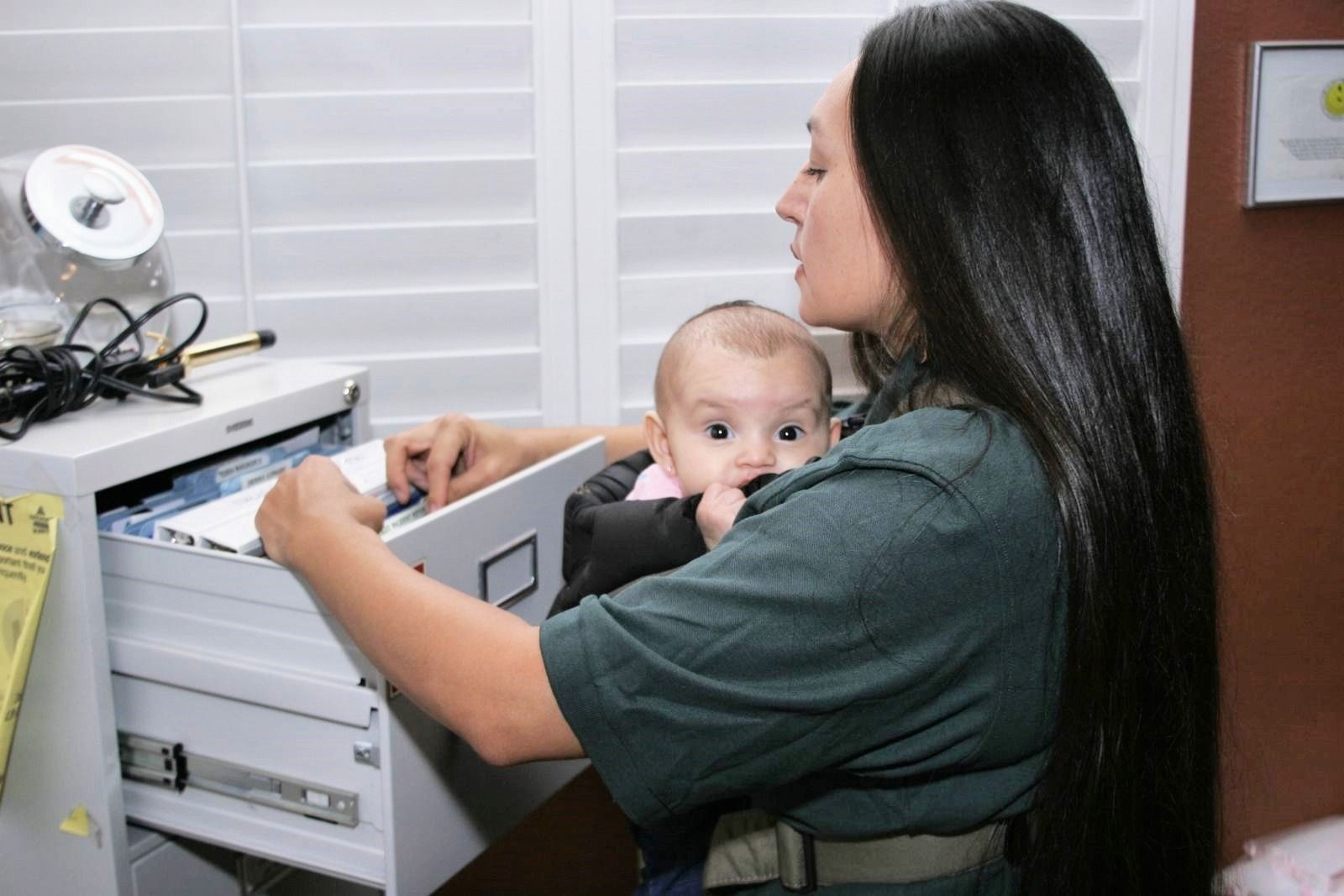How to Handle Lactation After Loss
Having milk may feel especially upsetting and overwhelming to bereaved parents. The first milk, colostrum, is present in the breasts by 16-18 weeks of pregnancy, so a parent may see colostrum if a pregnancy loss happens after that time. Some moms and birthing people may also experience breast fullness and discomfort starting 3-5 days after late miscarriage or stillbirth. If the baby passed away days or weeks after birth and your milk supply has already been developed, the breasts will become fuller and uncomfortable if direct feeding or pumping is suddenly stopped.
Grieving parents have options on how to handle their milk supply after perinatal loss. Actions can be taken to gently stop milk production and reduce any discomfort. If a baby dies after a milk supply has been established, the parent may choose between gently stopping their milk production or continuing to express milk to donate it to a milk bank for babies in need. If a parent has saved frozen milk, they can choose to donate the milk, discard it,or even save a small amount of it. Some parents find that donating their milk brings them comfort and helps them while they process their grief. The choice to stop or continue making milk is a very personal choice for the parent to make based upon their individual feelings, circumstances and what works best for their family. Read on to find the answers to common questions.
What can I do to relieve discomfort and stop making milk after loss?
It is best for your body to gradually decrease your milk supply. To relieve discomfort and stop the milk making process, you can hand express or pump briefly every few hours when your breasts become full to remove just enough milk to make your breasts more comfortable. Leaving milk behind in the breast signals your body to make less milk. You can either discard the milk you pump or save it in your freezer for donation if you choose. (Find more information on donation below.)
As your breasts adjust and your milk decreases, you can go longer periods between pumping sessions. You may need to continue removing milk for a few days or longer, depending on how much milk you have and how your body adjusts. You can stop removing milk when your breasts no longer get full. Between these milk removals, you can apply cold compresses to the breasts to reduce swelling and discomfort. You can also take an over-the-counter analgesic as directed by your health care provider to relieve any breast pain.
How do I stop making milk if I established a full milk supply before my baby died?
If you wish to stop making milk as soon as possible, you should follow the same process in the answer above: hand express or pump your breasts every few hours to remove just enough milk to make the breasts feel more comfortable. You can also use cold compresses on the breast to relieve swelling and pain as well as taking an over-the-counter analgesic for pain as directed by your health care provider. If you have established an ample milk supply, it will take your body longer, even weeks, to completely stop milk production
What should I do with any milk I pump while I am trying to stop my milk supply and any milk that I have stored in my freezer?
You can choose to discard the milk or save the milk in your freezer if you wish to donate it during your bereavement. You should make the choice that feels right for you.
What is the process if I wish to continue making milk to donate it or if I have frozen milk to donate?
If you wish to continue making milk for donation, you can continue to pump milk on a schedule that you choose, based on how much milk you want to donate to the milk bank, how your breasts feel, and when you want to stop providing milk. If you wish to keep donating milk, but gradually decrease your supply, you can start pumping less frequently over time. The hospital where you gave birth or where your baby was cared for may be able to help you locate a donor milk bank or depot to accept your milk. You can find a nearby milk bank at the Human Milk Banking Association of North America website: https://www.hmbana.org
The donation process generally involves:
- Contacting a donor milk bank in your region
- Participating in a phone screening asking basic health questions
- Completing some form
- Having a blood test
Once you have completed these steps, the milk bank will arrange to accept your milk and will cover screening tests and shipping costs. Milk banks have lactation staff available to help you with your milk supply questions at this difficult time. For more information on the milk donation process, visit our Donor Human Milk page.
Lactation After Loss
Empty Arms Bereavement Support. Lactation after Loss: A Guide for Bereaved Mothers. https://www.emptyarmsbereavement.org/lactation-after-loss-resources
La Leche League USA. Lactation After Loss.
https://lllusa.org/lactation-after-loss/
La Leche League International. Commonly Asked Questions about Lactation after Loss.
https://llli.org/news/commonly-asked-questions-about-lactation-after-loss/ and ) (Spanish)





